Thoughts-controlled units, as soon as science fiction, at the moment are a truth. Applied sciences like EEG headsets and brain-computer interfaces (BCIs) allow customers to have interaction with machines the use of neural indicators, from controlling drones to restoring mobility for paralyzed sufferers.
Whilst innovative, those equipment elevate pressing privateness and moral issues. The neurotech marketplace is projected to hit $21 billion via 2026 (Statista), pushed via each scientific breakthroughs and shopper units like meditation-tracking headbands.
On the other hand, unregulated units flood the marketplace, missing oversight and risking knowledge exploitation.


How Thoughts-Managed Units Paintings?: Interpreting the Mind
Mind-to-machine era captures neural indicators and turns them into movements. Scientists have evolved quite a lot of easy methods to learn mind job, from exterior headsets to surgical implants.
Those applied sciences paintings via detecting electric patterns your mind naturally produces whilst you assume or need to transfer.
EEG Headsets (Neurable, NextMind)
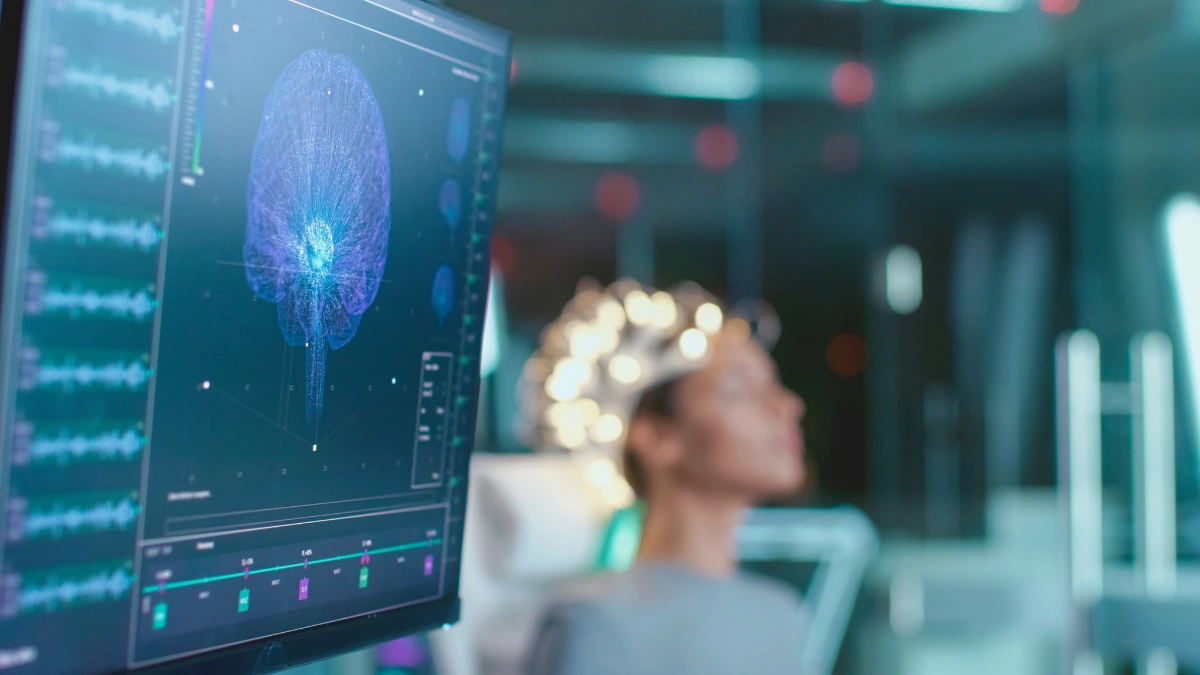

EEG headsets use sensors positioned to your scalp to discover mind waves with out surgical operation. They select up electric indicators when neurons keep in touch, letting you management computer systems with ideas on my own.
Corporations like Neurable and NextMind have created shopper variations for gaming and productiveness.
Those units monitor explicit mind patterns. Focal point on transferring a digital object, and the headset reads the ones intentions.
The tech works very best with easy instructions relatively than complicated ideas, because the cranium blocks some mind job.
Many shoppers use those for meditation monitoring or controlling VR studies. The Muse headscarf, for instance, offers comments to your psychological state right through meditation.
The most important fear? Safety steadily falls wanting scientific requirements, hanging non-public mind knowledge susceptible to publicity to 3rd events.
BCI Implants (Neuralink, Synchron)
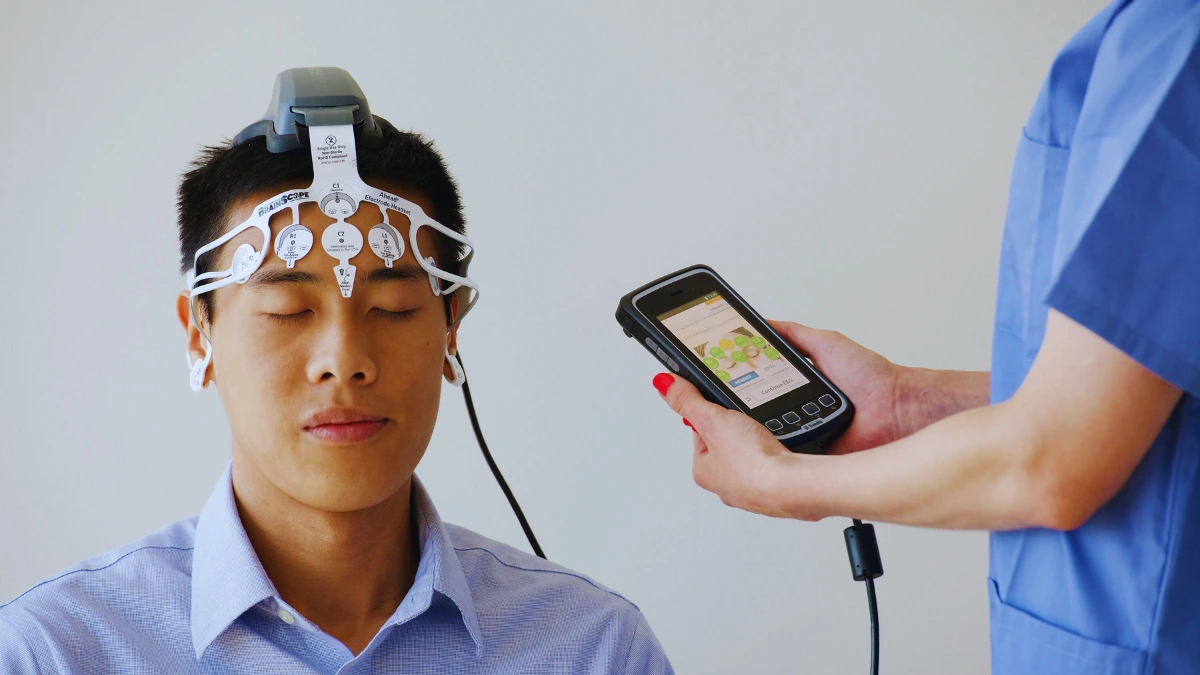

Mind-computer interface implants attach without delay to mind tissue for extra correct readings. Corporations take other approaches to this era.
Neuralink calls for surgical operation to position tiny electrodes into the mind, concentrated on stipulations like paralysis and ALS with actual neural tracking.
Synchron provides a much less invasive choice with their stentrode. It enters via blood vessels to achieve the motor cortex, warding off open mind surgical operation whilst nonetheless shooting detailed mind indicators.
This method reduces surgical dangers whilst keeping up excellent connection high quality.
Actual-world good fortune tales display the prospective. College of Pittsburgh researchers created a robot arm managed totally via idea, serving to paralyzed sufferers regain motion.
The era reads motor intentions without delay from the mind and interprets them into mechanical movements. The scientific advantages glance promising, however questions on long-term results and knowledge safety stay central issues.
Wearables (CTRL-Labs)


Some mind-control applied sciences paintings with out touching your head in any respect. Electromyography (EMG) units learn {the electrical} indicators despatched out of your mind in your muscle tissue, in particular on your hands.
Those indicators occur simply ahead of bodily motion. Meta’s CTRL-Labs created an armband that detects those nerve impulses.
Consider clicking a mouse, and the band catches that sign ahead of your finger even strikes.
This permits for gesture management with out exact motion, opening probabilities for other people with mobility boundaries.
The convenience? Those wearables really feel much less invasive than mind implants or headsets. The issue? Many fall outdoor FDA law since they’re advertised as shopper units relatively than scientific units.
This creates a loophole the place your neural knowledge may obtain much less coverage than same old well being knowledge. Hackers who get admission to this information may doubtlessly achieve insights into your intentions and movements with out your wisdom.
Privateness Dangers: Your Mind as a Knowledge Goldmine
Your mind job incorporates way more non-public knowledge than most of the people understand. Neural indicators can divulge your feelings, well being standing, or even passwords or PINs.
As brain-reading era turns into extra commonplace, those indicators grow to be treasured knowledge that businesses and hackers alike may need to get admission to.
Hacking Neural Knowledge


Mind indicators are prone to interception identical to any virtual knowledge. At DEF CON 2022, safety researchers confirmed how simply they may hack EEG units to scouse borrow authentication patterns. This isn’t science fiction—it’s taking place now.
Your neural patterns are distinctive to you. Whilst you take into accounts explicit phrases or movements, your mind creates unique electric indicators.
UC Berkeley researchers proved this in 2012 once they reconstructed spoken phrases simply from brainwave knowledge. Consider if any individual may learn what you’re excited about typing ahead of your palms contact the keyboard.
The chance is going past stealing passwords. Your mind job displays what catches your consideration, what you to find rewarding, and what makes you frightened.
This knowledge may well be used for manipulation way more successfully than present promoting. Any person with get admission to in your neural knowledge necessarily has a window into your intellect.
Well being Knowledge Exploitation


Mind indicators comprise hidden well being insights that even you could now not learn about.
Early indicators of stipulations like despair, Alzheimer’s, or Parkinson’s can seem in neural patterns ahead of signs turn into evident to docs.
Insurance coverage corporations would like this knowledge. Your charges may alternate in keeping with what your mind job suggests about long run well being issues.
Consider it: would you wish to have your insurance coverage supplier to lift your premiums as a result of your neural patterns fit the ones of people that later evolved dementia? With out right kind protections, this state of affairs isn’t far-fetched.
Employers may also need get admission to to this information. They might observe how centered you’re right through paintings hours or test should you’re wired when given positive duties.
An organization may even use BCI knowledge to guage your cognitive skills with out telling you. All this occurs underneath your mindful consciousness, making it tricky to management what knowledge you’re sharing.
Unregulated Units
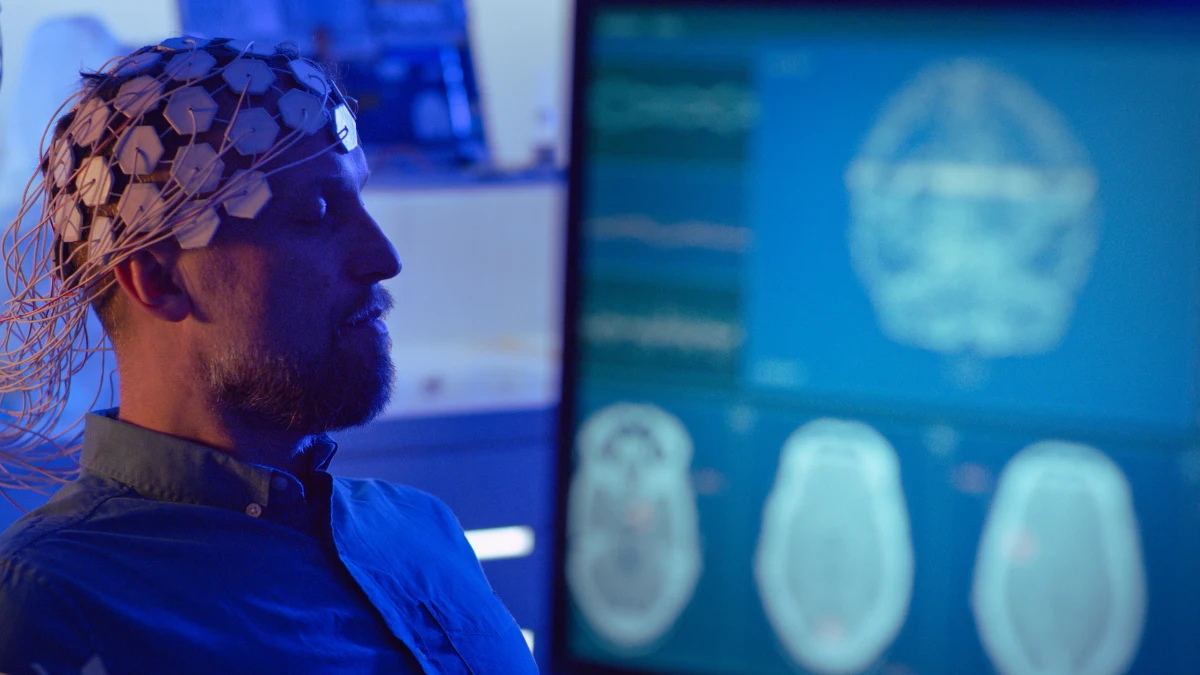

Many brain-reading units exist in a regulatory grey zone. Scientific units face strict FDA oversight, however shopper EEG headsets steadily don’t. They’re categorised as wellness or leisure merchandise as a substitute.
This classification loophole method many neural units lack fundamental security measures. Knowledge may trip unencrypted between your headset and make contact with.
Corporations can acquire and retailer your mind job with minimum restrictions on how they use it. Some may even promote this knowledge to knowledge agents who mix it with different non-public main points.
Kids’s toys with EEG features provide particular issues. Youngsters’ creating brains produce treasured knowledge for corporations serious about working out cognitive construction.
But those toys hardly ever include suitable safeguards. Folks won’t absolutely perceive what knowledge those apparently blameless units acquire about their kids’s minds.
Moral Dilemmas: Who Owns Your Ideas?
The query of who owns neural knowledge raises profound philosophical and criminal questions. Your ideas really feel basically yours, but once they’re captured via era, the possession turns into murky.
This creates unparalleled moral demanding situations that our regulations and social norms haven’t stuck up with.
Knowledge Possession


The general public suppose they personal their ideas, however phrases of provider steadily say differently.
Corporations continuously declare large rights to any knowledge accumulated via their units, together with mind job.
Whilst you use a neural headset, the high-quality print issues greater than you could assume. The settlement may give the corporate permission to retailer, analyze, or even promote your mind knowledge.
Few customers learn those long paperwork, but they’re signing away one thing extremely non-public. This case creates a disconnect between what feels proper and what’s legally approved.
Felony frameworks fight with how you can classify neural knowledge. Will have to it obtain particular coverage past same old knowledge privateness regulations? Some mavens argue mind knowledge merits the similar criminal standing as organs or DNA—one thing that can not be commodified.
Others recommend growing a brand new class of “psychological privateness rights” that provides folks management over how their neural knowledge is used, saved, and shared.
Place of business & Insurance coverage Dangers


Corporations may power staff to make use of neural tracking era. What begins as an non-compulsory productiveness instrument may turn into necessary, with refusal affecting activity possibilities or efficiency critiques.
Dr. Anna Wexler from the College of Pennsylvania warns about this slippery slope. Employers may monitor your consideration ranges right through conferences or measure your rigidity reaction to new assignments.
This consistent neural surveillance creates energy imbalances that desire corporations over employees. Despite the fact that the tracking begins with excellent intentions, the information may affect choices about promotions, assignments, and even layoffs.
Insurance coverage corporations provide every other fear. They may be offering reductions for dressed in neural screens, very similar to health tracker methods some well being insurers already use.
This apparently advisable association may flip problematic in case your charges build up in keeping with adverse mind patterns.
The science connecting neural indicators to long run results stays imperfect, but choices affecting your protection may depend on those inexact predictions.
Scientific vs. Client Divide
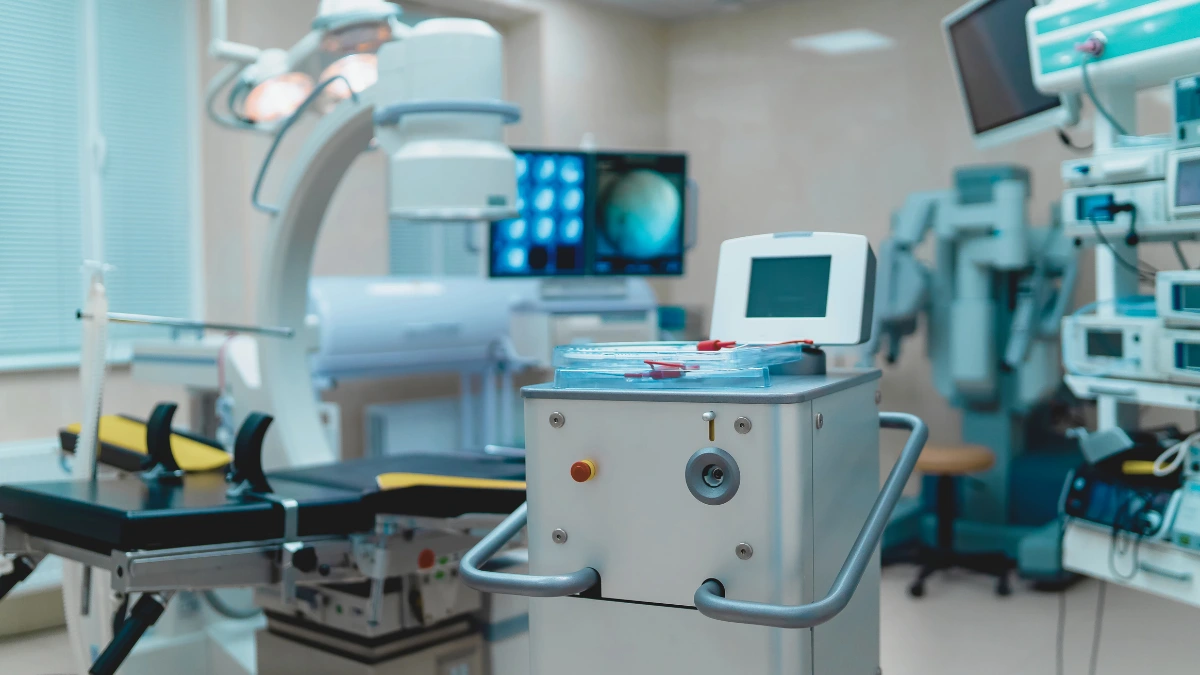

Scientific neural units and shopper units perform beneath hugely other requirements. This creates a moral hole that places customers in danger.
Healing BCIs like Synchron’s stentrode go through rigorous checking out and observe strict scientific ethics tips. They exist to lend a hand other people with severe stipulations.
The advantages outweigh the privateness issues for sufferers with paralysis or critical motor boundaries. Those scientific units prioritize therapeutic above all else.
Client neurotech follows other priorities. Corporations promoting meditation headbands or focus-enhancing headsets goal to make income. Their ethics evaluation processes won’t fit scientific requirements.
This creates a state of affairs the place your mind knowledge receives other coverage ranges relying on whether or not the software is categorized “scientific” or “shopper”—even if the underlying era works in a similar way.
The distance between those approaches raises severe questions. Will have to all brain-reading era observe scientific ethics tips without reference to the way it’s advertised?
Many mavens say sure, arguing that neural knowledge merits particular coverage without reference to why it’s being accumulated.
Answers: Safeguarding the Thoughts
Protective neural privateness calls for a mix of technical, criminal, and moral approaches.
No unmarried answer can cope with all of the demanding situations, however in combination they shape a framework for accountable neurotech construction. Those protections will have to evolve along the era itself.
Encryption & Safety


Sturdy encryption bureaucracy the primary defensive line for neural knowledge. Corporations must put in force bank-grade security features during their programs.
Each level of knowledge assortment wishes coverage—from the software to your head to garage within the cloud. Finish-to-end encryption prevents unauthorized get admission to right through transmission.
Safe garage protocols stay the information protected as soon as it reaches corporate servers. Those technical safeguards make it more difficult for hackers to scouse borrow your neural knowledge.
Corporations must additionally restrict how lengthy they maintain mind knowledge. Probably the most protected knowledge is that which now not exists. Neural patterns from years in the past won’t lend a hand make stronger the provider however nonetheless create privateness dangers if breached.
Transparent knowledge retention insurance policies with computerized deletion after a cheap duration would scale back this vulnerability. Customers must obtain notifications about what occurs to their knowledge and feature choices to request deletion.
Open-Supply BCIs


Open-source neurotech initiatives like OpenBCI make the era clear and responsible. Somebody can read about the code and {hardware} designs to search out safety flaws or privateness problems.
This transparency builds believe. When an organization’s neural interface is absolutely open to inspection, it may’t cover problematic knowledge practices.
Unbiased researchers can examine safety claims and recommend enhancements. Customers achieve self assurance that the software works as marketed with out hidden purposes accumulating further knowledge.
Open-source approaches additionally democratize innovation. Small groups and educational researchers can give a contribution to advancing neurotech with out large investment. This creates choices to corporate-controlled units.
The group of builders continuously prioritizes consumer privateness and management over marketability or knowledge assortment alternatives. With extra various voices shaping the era, moral concerns keep at the leading edge of construction.
Law
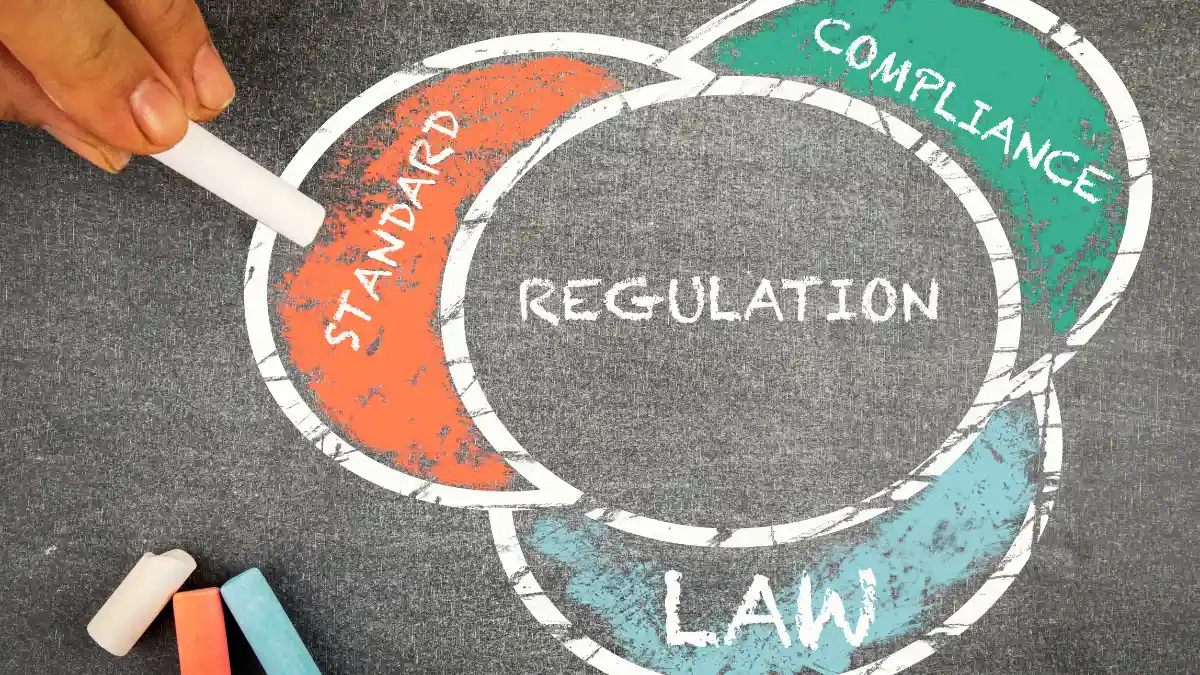

Rules will have to meet up with neurotechnology. The EU’s GDPR treats neural knowledge as “delicate non-public knowledge,” however maximum nations lack explicit neurotech rules.
Lawmakers want to create transparent tips about consent for neural knowledge assortment. Customers must obtain plain-language explanations of what knowledge will get captured and the way it’ll be used.
The correct to withdraw consent and feature knowledge deleted must practice to mind knowledge simply because it does to different non-public knowledge. Those fundamental protections would give other people extra management over their neural privateness.
Client coverage companies must prolong their oversight to incorporate neural units. The FDA may amplify its definition of scientific units to hide shopper neurotech with well being implications.
This is able to shut the regulatory loophole that permits corporations to gather mind knowledge with minimum oversight via labeling their merchandise as leisure or wellness equipment relatively than scientific era.
Bored with 9-5 Grind? This Program May Be Turning Level For Your Monetary FREEDOM.


This AI aspect hustle is specifically curated for part-time hustlers and full-time marketers – you actually want PINTEREST + Canva + ChatGPT to make an additional $5K to $10K per month with 4-6 hours of weekly paintings. It’s probably the most robust machine that’s operating at this time. This program comes with 3-months of one:1 Enhance so there may be virtually 0.034% probabilities of failure! START YOUR JOURNEY NOW!
















